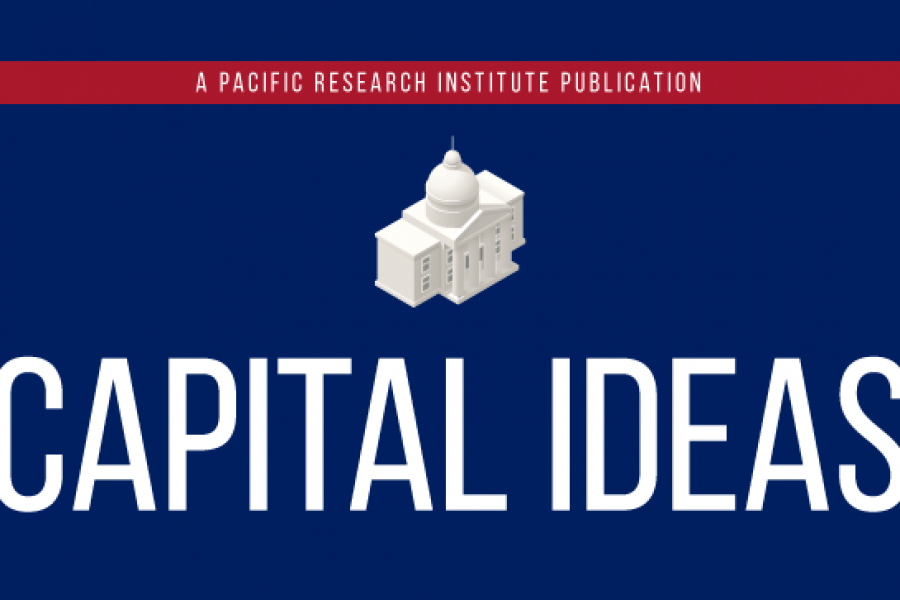It’s widely known that the California bullet train will cost far more than promised, carry fewer passengers at higher fares than predicted, and is more than a decade behind schedule. Add to this another significant flaw that has received little attention: High-speed rail is outdated technology.
“High‐speed trains were rendered obsolete in 1958, six years before Japan opened its first bullet train, when Boeing’s 707 entered commercial service,” writes transportation analyst Randal O’Toole in a new Cato Institute paper, “The High‐Speed Rail Money Sink: Why the United States Should Not Spend Trillions on Obsolete Technology.”
“The airliner could cruise at more than twice the top speeds of the fastest scheduled high‐speed trains today,” O’Toole continues. “Air travel cost more than rail travel in 1964, but average airfares today are less than a fifth of the average fares paid by riders of the Amtrak Acela, the only high‐speed train operating in the United States.”
High-speed rail is slow compared to air travel, and it requires “a huge amount of infrastructure that must be built and maintained to extremely precise standards.” With the U.S. struggling to adequately maintain its current transportation framework, O’Toole says it’s not sensible to add infrastructure the country wouldn’t be able to afford.
California is of course the ugly example of the outsized expense of building a bullet train. Track over flat land is costing more than $100 million a mile while rail built in hilly terrain will cost $200 million a mile, according to O’Toole. There’s reason to doubt – and reason to hope – a bullet train is never built in California. But if it is, be prepared for even higher costs. Once completed, bullet train systems are expensive to maintain.
O’Toole also points out that high-speed rail is an “energy hog,” “doesn’t go where you want to go,” “won’t get many people out of cars or planes,” and rather than help the economy hurt it instead. It is, as well, a “source of political corruption.”
Despite the facts laid out by O’Toole, its cheerleaders aren’t giving up on the California bullet train. Rod Diridon, former Santa Clara County Supervisor who served on the California High Speed Rail Authority in the early 2000s, believes completing the first segment of line “is the single most important thing that California is doing to meet its ambitious climate goals.” StreetsblogCal just last week called on Californians to support the “bullet train for Earth Day,” while U.S. Transportation Secretary Pete Buttigieg says Jerry Brown’s vanity venture might even receive billions from Washington if Amtrak Joe’s $2.3 trillion “infrastructure” bill is passed.
But if not, then what? The train’s future is in trouble. Rising costs and scarce resources don’t inspire confidence.
If nothing else, California’s experience can provide a lesson for others, a clear blueprint of a foggy future.
“The one good thing that has come of the project,” says O’Toole, “is that it has proven that building high‐speed rail costs a lot more and takes a lot longer than experts claimed.”
Better to spend the money on roads, especially in California, where the “free” in “freeway” becomes more meaningless every year.
Kerry Jackson is a fellow with the Center for California Reform at the Pacific Research Institute.


